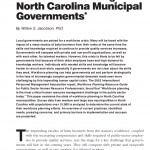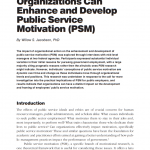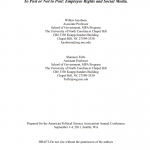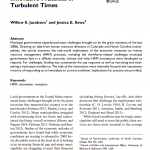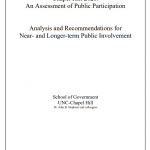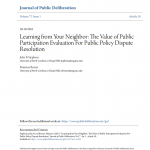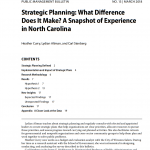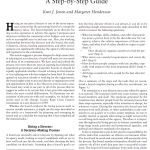Project Management Principles for Use in the Public Sector: Tools for the Everyday Project Manager

Project Management Principles for Use in the Public Sector: Tools for the Everyday Project Manager
As demand for government services becomes greater and more complex and the nature of work
continues to change, there is increasing interest in project management. In many public organizations, however, the term “project management” evokes images of highly specialized private
sector project professionals working in project-based industries such as engineering, power,
pharmaceuticals, and tech companies. Project management also has modern roots in government. In the 1950s, the Navy used project management methods in its Polaris project. During
the 1960s and 1970s, the Department of Defense and NASA—not just large engineering and
construction companies—employed project management philosophies and tools to direct largescale, schedule-driven projects.1
What does a project manager do, exactly, and who could benefit from sound project management principles? The purpose of this bulletin is to briefly answer those questions, to define the
concept of project management, and to highlight key principles and universal lessons anyone in
charge of managing a project in the public sector can draw from to run successful projects.
Cite as:
Jacobson W. S. “Project Management Principles for Use in the Public Sector: Tools for the Everyday Project Manager”
…


